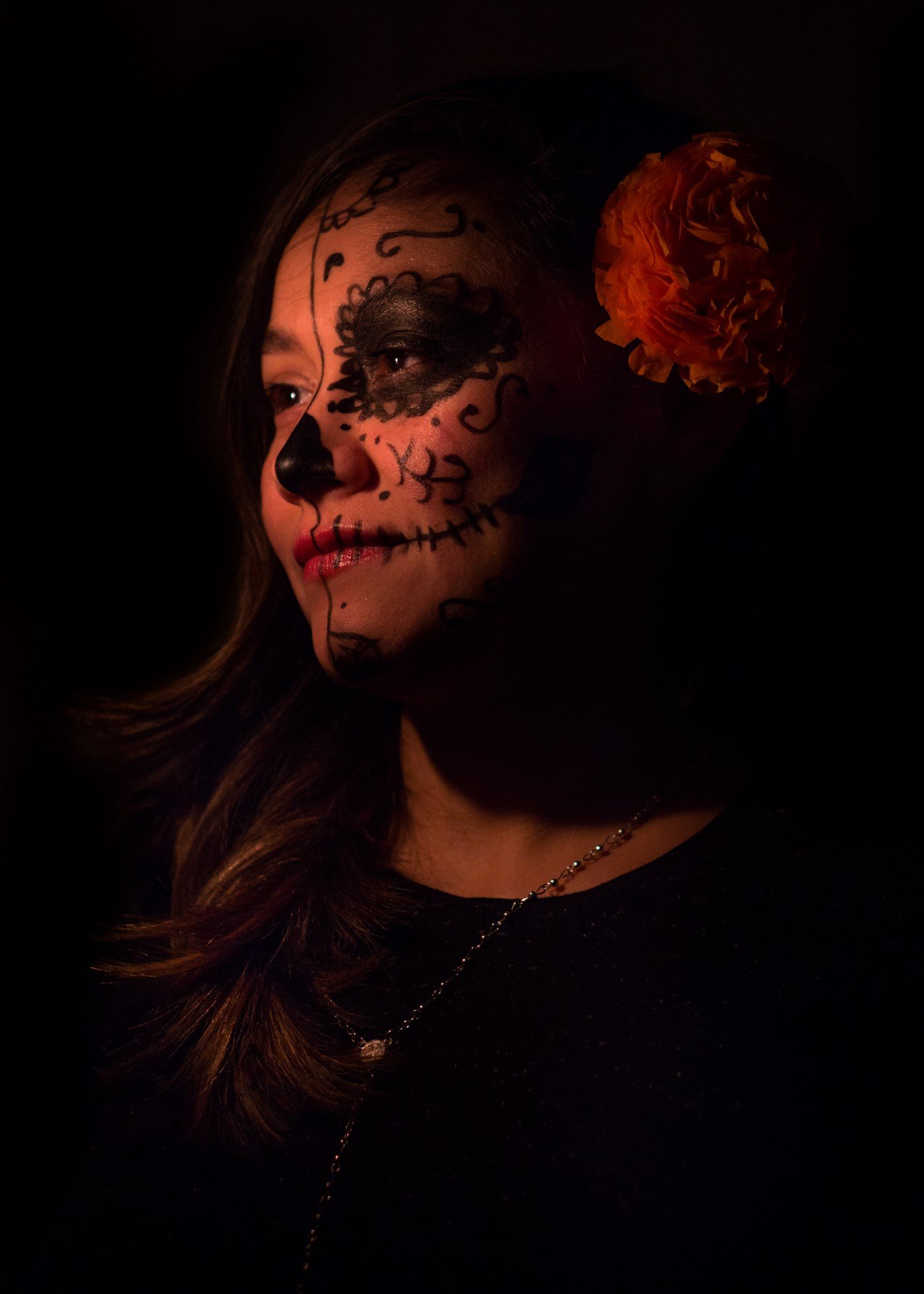The Extended Inquisition (A Story Handed Down by Priests in Guanajuato, Mexico)
Photo by Chris Blonk
A scream pierced that quiet night as I ran from the church in search of my beloved Maria. She was to meet me after mass for a clandestine night alone, away from our families — even though we knew it was wrong — because we were deeply in love and tried to find every opportunity to be together. But she did not show up at our meeting place after I waited and waited.
I was frantic, pacing, wondering where she could be. She was never late when we were to meet. I finally went to the church in hopes of finding her there but was told that she left with the priest several minutes before.
When I asked if anyone saw which direction they went, one woman pointed up the road behind the church. I ran out to see if I could see them walking in the direction that was indicated but saw no one. That was when I heard screams. The painful-sounding screams.
I ran up the cobblestone street yelling out her name, but I received no answer. I didn’t know where the screams came from, so I kept on running. Another scream.
Thank the Lord! I had thought, because that gave me a direction, even though I was sick inside from thinking she was in grave danger. But how could that be? I wondered, if she was with Father Bernardo? It was making no sense.
I finally came to a building used for storage and saw that the door was not quite shut, and a light was shining somewhere inside. I went to the door, pushed it open, and saw piles of woven bags that contained dried corn, at least from the small piles that had escaped the confines of the bag after mice had chewed through looking for a feast.
Next to the pile of bags, there were steps going to an underground level. The door was ajar, so I ran down to it and shoved it open.
I saw the priest cranking a long wooden handle that stretched a large wooden frame with rollers at both ends. It was a deadly rack. Maria’s ankles were fastened to one roller and her wrists were chained to the other. The priest had already stretched the frame to the point of Maria passing out from the pain. He seemed gleeful with his constant pulling of the handle for the ratchet mechanism to gradually retract the chains that slowly increased the strain on Maria’s shoulders, hips, knees, and elbows. The pain must have been excruciating.
I cried out, “No!” and ran to the priest and shoved him aside.
I quickly lessened the tension by turning the handle backward and undid the chains on Maria’s wrists and ankles. Her head lolled as I picked her up. She was dead.
I screamed at the priest who killed my beautiful Maria and kicked at him repeatedly. I was inconsolable in my anguish and my anger. With Maria still in my arms, I asked the priest, “Why did you do this?”
He spat out the words that made me step back. “You did this to her. You made her a whore, and the church does not condone this act. Look around you at all those who I have punished because they went against the church’s wishes.”
I looked up and around me, seeing for the first time what this place was all about. It was a chamber used solely for torture. There were bones hanging from pulleys; more bones slumped in metal cages hanging from the ceiling; and the most gruesome sight of all was a coffin-shaped box standing upright with long metal spikes emanating from the back of the box outward, as well as coming in from the coffin lid so that the victim placed inside the box would be pierced throughout his body when the lid was slammed shut. Then I noticed a man close to death padlocked within the top and bottom of a yoke, waiting for his torturous turn.
I laid Maria onto a bench and ran to the priest to pull the ring of heavy keys from his sash and went to the yoke, unlocked the bar, and released the man. I found water to give to him and told him to sit quietly and I would get a doctor. But first I had to tie up the evil priest.
I ran for help. Even though I could not help my poor Maria, I was able to help the man.
Photo by Jacob Bentzinger
The priest was put on trial in a civilian court. It seemed he hadn’t realized the Spanish queen regent María Cristina de Borbón had issued a decree abolishing the Spanish Inquisition on July 15, 1834, years before. However, even though the Inquisition had been over for several years, the priest had set himself up to be the punisher of the wicked, of anyone who disobeyed the church’s laws, and didn’t care if the inquisition was over. He had insisted that he was in the right to punish those who had sinned.
We heard this verbal reenactment of a true story while in the torture chamber that had become a museum in Guanajuato, Mexico where we traveled one year. We saw many interesting places in that beautiful city, but none as haunting as that torture chamber, complete with ancient skeletons. I couldn’t help wondering about the need for such painful extractions of life. Why was such torture condoned by religion at a time when love and understanding were needed and sacrificing human life in such a tortuous way was not considered murder? Those thoughts and the images of that day will always haunt me.
Click HERE to read another one of my stories about the impacts religion can have on people.

